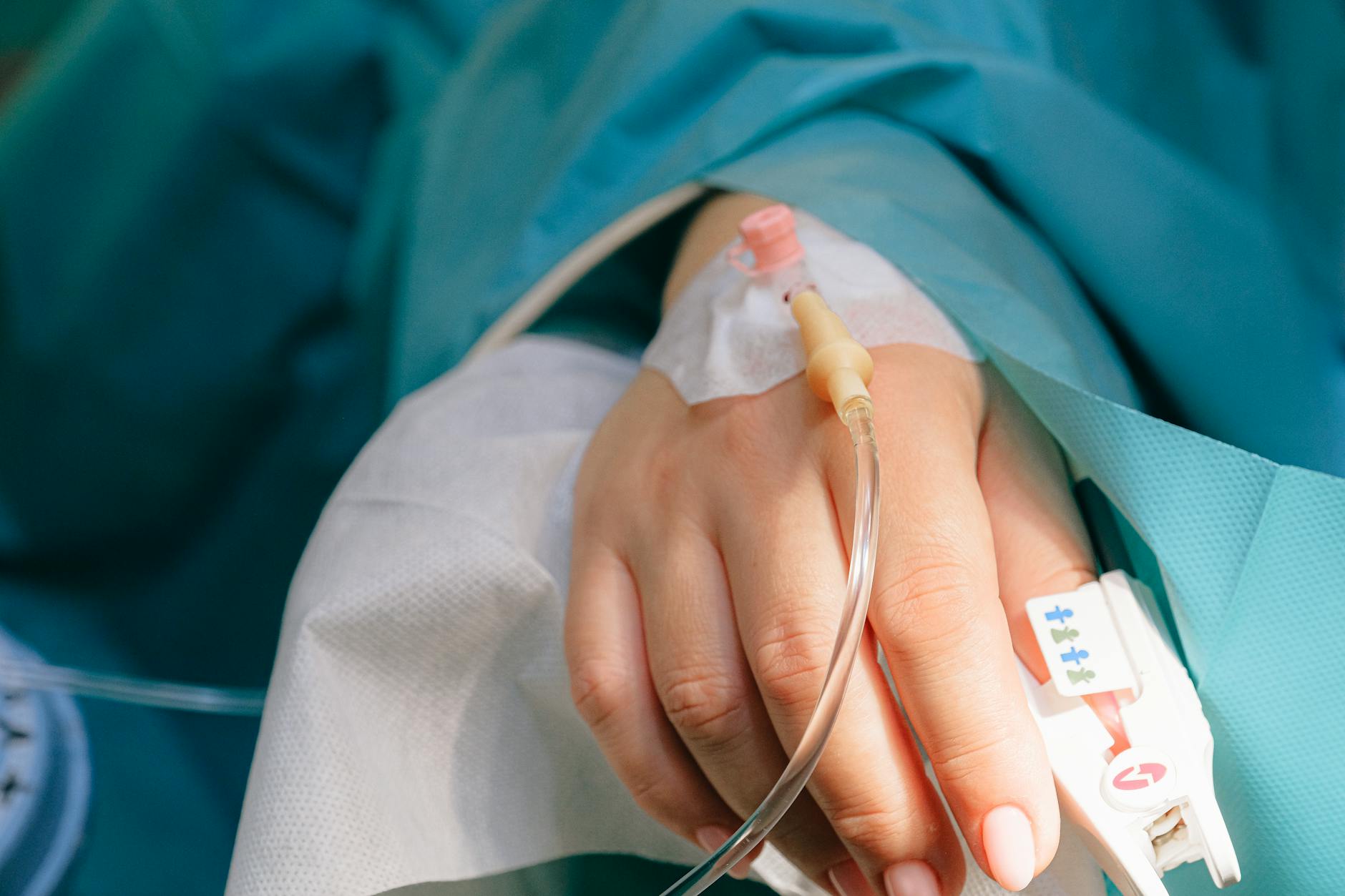Discover the empowering journey of individuals breaking barriers and finding strength while living with Parkinson’s disease in this blog post.
Table of Contents
Understanding and living with Parkinson’s disease can be a challenging journey for those diagnosed with this neurological condition. While there is no cure for Parkinson’s disease, there are various treatment options and lifestyle modifications that can help manage symptoms and improve quality of life. In this comprehensive guide, we will explore the ins and outs of Parkinson’s disease, from its symptoms and diagnosis to treatment options and management strategies.
Overview of Parkinson’s Disease
Parkinson’s disease is a progressive neurological disorder characterized by tremors, stiffness, and difficulty with movement. It affects nerve cells in the brain that produce dopamine, a vital chemical that helps control movement and coordination. As Parkinson’s disease advances, symptoms such as balance issues, slowed movements, and cognitive changes may become more pronounced.
Diagnosis and Treatment Options
Diagnosing Parkinson’s disease can be challenging, as there is no specific test to confirm the condition. Physicians typically rely on a combination of medical history, physical examinations, and neurological tests to make a diagnosis. Imaging studies such as MRI or CT scans may also be used to rule out other conditions.
Once diagnosed, treatment for Parkinson’s disease focuses on managing symptoms and improving quality of life. Medications such as levodopa, dopamine agonists, and MAO-B inhibitors are commonly prescribed to help alleviate motor symptoms. In some cases, deep brain stimulation surgery may be recommended to control tremors and movement difficulties.
Lifestyle Changes and Management Strategies
In addition to medication, lifestyle modifications can play a significant role in managing Parkinson’s disease. Regular exercise, such as walking, cycling, or swimming, can help improve flexibility, balance, and overall mobility. Physical therapy and occupational therapy are also beneficial for maintaining strength and independence.
| Topic | Description |
|---|---|
| Definition | Parkinson’s Disease is a neurodegenerative disorder that affects movement. It is characterized by symptoms such as tremors, rigidity, and slow movement. |
| Causes | The exact cause of Parkinson’s Disease is unknown, but it is believed to be a combination of genetic and environmental factors. |
| Symptoms | Common symptoms of Parkinson’s Disease include tremors, stiffness in limbs, impaired balance, and slowness of movement. |
| Treatment | Treatment for Parkinson’s Disease typically involves a combination of medications, physical therapy, and in some cases, surgery. |
| Living with Parkinson’s | Although there is currently no cure for Parkinson’s Disease, many individuals are able to manage their symptoms and lead fulfilling lives with the help of medication and support from healthcare professionals. |
Adopting a healthy diet rich in fruits, vegetables, whole grains, and lean proteins can help reduce inflammation and support brain health. Incorporating mindfulness practices, stress-reducing techniques, and adequate sleep can also contribute to overall well-being for individuals with Parkinson’s disease.
Support and Resources
Living with Parkinson’s disease can be emotionally challenging, both for individuals diagnosed with the condition and their caregivers. Seeking support from family members, friends, or support groups can provide a sense of community and understanding. Professional counseling or therapy can also be beneficial for coping with the emotional impact of Parkinson’s disease.
There are numerous resources available for individuals living with Parkinson’s disease, including educational materials, research updates, and advocacy organizations. These resources can provide valuable information and support for navigating the complexities of Parkinson’s disease and help individuals connect with others facing similar challenges.
FAQs
What are the early signs of Parkinson’s disease?
Early signs of Parkinson’s disease may include tremors, stiffness in limbs, slowed movement, and impaired balance.
Can Parkinson’s disease be cured?
Currently, there is no cure for Parkinson’s disease. However, various treatment options are available to manage symptoms and improve quality of life.
How can exercise help individuals with Parkinson’s disease?
Regular exercise, such as walking, cycling, or swimming, can improve flexibility, balance, and overall mobility for individuals living with Parkinson’s disease.
Where can individuals find support for Parkinson’s disease?
Individuals can seek support from family, friends, support groups, and healthcare professionals. Resources such as educational materials, research updates, and advocacy organizations are also available to provide valuable information and support.





